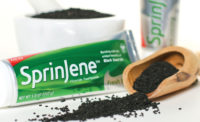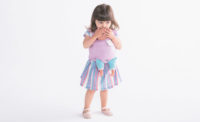Sustainability: The Great Divider
The topic is divisive, but green can have great benefits.

Is there a more divisive topic in the packaging industry than sustainability? You love it, like it or hate it. And those three camps can have strong feelings toward one another for not sharing the same point of view.
I’m not perfect at being green — I drive a highly fuel inefficient vintage jeep; I at times use plastic bags in the grocery store; sometimes I throw out paper at home. I do try to choose responsible items, and I honestly don’t mind if some green products happen to cost “more,” because to me, it’s just what the item is worth. Though I often fail in my everyday efforts, I’ll admit it still bothers me to see how much waste packaging can produce.
In a simpler time, packaging was not as necessary as it is now. I admire startups like In.gredients for creating a zero-waste, container-free grocery store, but now that the world has had a taste for convenient things like online shopping, where items need packaging to ship, there’s probably no turning back completely. Packaging itself isn’t inherently evil, but brands do need to be mindful of the waste it produces and the resources it uses.
Much of the packaging industry and consumers as a whole aren’t fully ready to commit to green, but that doesn’t mean we’re off the hook. Rather, it makes it even more important for brands to get it right. If brands don’t start making conscientious packaging the norm, who will? It does require different mindsets and practices, but a little innovation can go a long way. Look at the recent work of Pratt Institute student Aaron Mickelson, where the product becomes the packaging (http://www.psfk.com/2013/01/eliminate-packaging-waste.html) — brands still get to use packaging for their purposes, and the “containers” still protect the object and give consumers needed information.
Sustainable packaging won't, of course, solve all the world’s problems, but it can help make it a more connected and creative place — and what brand wouldn’t want to be a part of that?
Looking for a reprint of this article?
From high-res PDFs to custom plaques, order your copy today!







